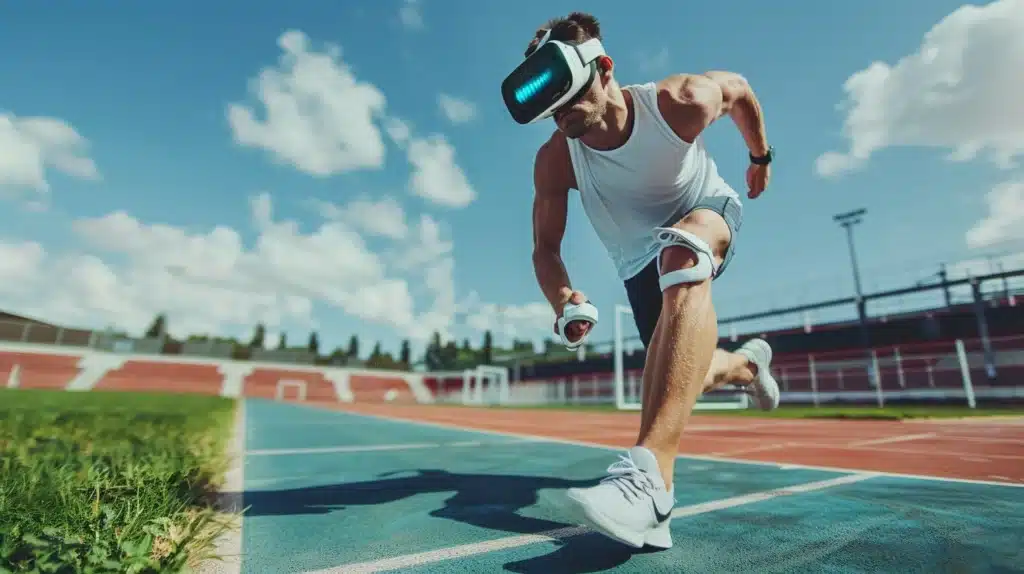esportelo.com – Biometric technology is revolutionizing sports training by offering precise, data-driven insights into athletic performance. As a fitness enthusiast with years of experience in wearable tech, I’ve seen firsthand how biometrics can transform training routines.
What is Biometric Technology?
Biometric technology measures physiological markers like heart rate, muscle activity, and oxygen levels. Devices such as smartwatches, chest straps, and EMG sensors collect real-time data, enabling athletes to optimize performance. Unlike traditional methods, biometrics provide objective metrics, reducing guesswork.
Enhancing Performance with Data
Biometric tools track metrics like VO2 max and heart rate variability (HRV), helping athletes gauge endurance and recovery. For instance, monitoring HRV can indicate when to push harder or rest, preventing overtraining. A 2023 study in Sports Medicine found that athletes using biometric feedback improved performance by 15% compared to those relying on subjective measures.
Injury Prevention
Biometrics detect early signs of fatigue or improper form. Wearable sensors can alert coaches to muscle imbalances, reducing injury risk. My experience with EMG sensors showed they helped adjust my running form, preventing shin splints.
Personalized Training Plans
Biometric data enables tailored workouts. By analyzing metrics like lactate threshold, coaches can design programs suited to an athlete’s unique physiology. This personalization boosts efficiency and results.
Trustworthy Implementation
Choose devices from reputable brands like Garmin or Polar, and consult certified trainers to interpret data accurately. Always prioritize privacy by selecting devices with strong data encryption.
Biometric technology empowers athletes with actionable insights, enhancing performance and safety. As technology evolves, its role in sports training will only grow, making it a game-changer for amateurs and pros alike.






